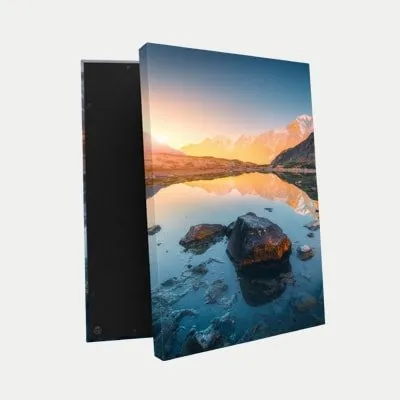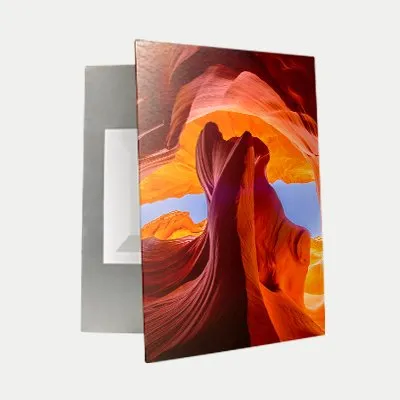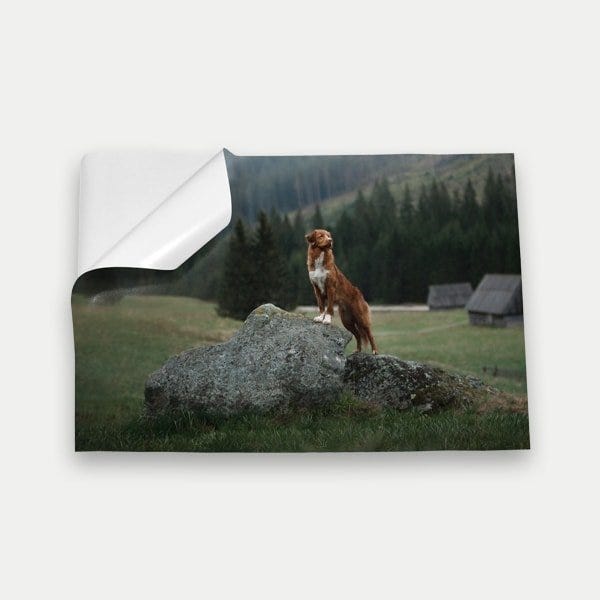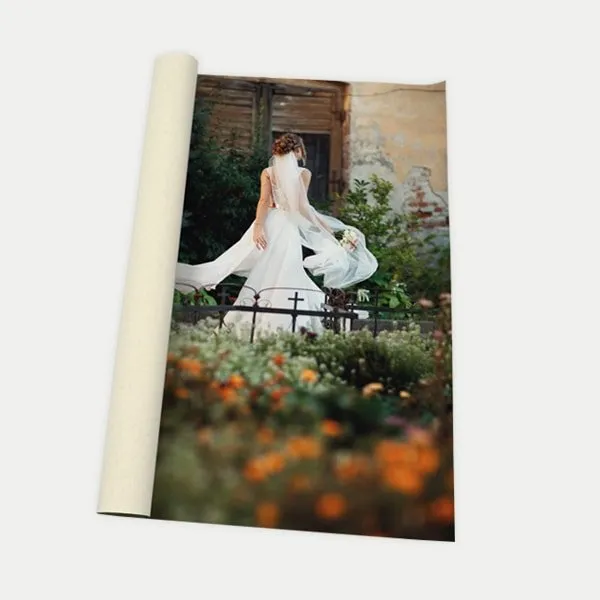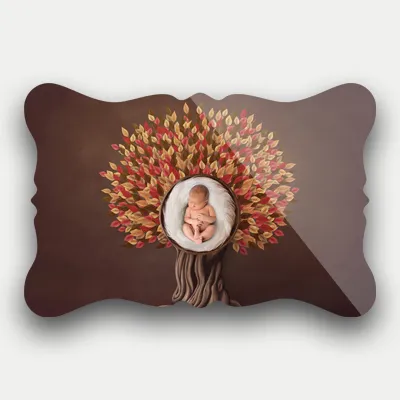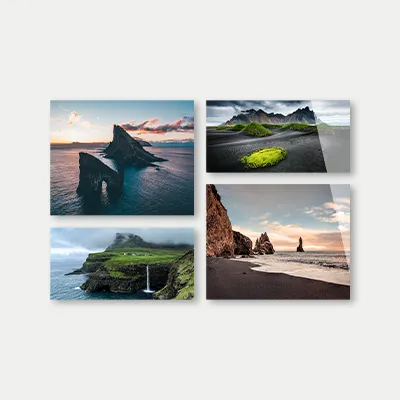The Photographer's Guide to Capturing Mountain Landscapes and 10 Tips

Mountain landscapes are among the most dramatic and evocative landscapes on the planet. Their soaring peaks, jagged gorges, forested valleys, and raging rivers provide some of our most unforgettable experiences, as well as some of the most challenging photographic shooting conditions. If you're a nature photographer looking to specialize in mountain landscapes, or just a photography enthusiast planning to capture some breathtaking images from your next vacation in the mountains, then this article will give you all the advice you need.
Keep reading for ten tips on how to shoot mountain landscapes like a pro:

What is Mountain Landscape Photography?
Mountain landscape photography is the art of capturing beautiful, dramatic landscapes featuring mountains. It can be done in any season and at any time of day. The beautiful thing about mountain landscapes is that they can be photographed in almost every country and at almost any time of year.
You can capture the grandeur of a snowy peak, the serene stillness of a lake surrounded by mountains, or the ferocity of a thunderstorm raging above a jagged mountain range. Mountain landscapes come in all shapes and sizes, which is why they're so appealing to photographers, but capturing great mountain landscapes is not without its challenges.

The Unique Challenges of Photographing Mountains
In general, there are many challenges associated with photographing landscapes. For example, you have to carefully consider the time of day and time of year that you shoot at. You also have to take the weather conditions into account. If there is too much cloud cover, you won't be able to shoot great landscape photography.
When it comes to capturing beautiful photos of mountain landscapes, the greatest challenge is often getting to the location you want to shoot! However, once you're there, it's usually pretty easy to find a good spot to shoot from, as you’ll have lots of options available to you.
You can look for viewpoints that are close to your accommodation or base camp, or you can make the effort to hike for a few hours to find a more remote location. If you hike for a few hours, you'll likely get to a spot where you won't find any tourists or other photographers. You might also be rewarded with a better view from which to shoot.
But once you’ve arrived at your destination and found the perfect spot, what do you actually do to capture the best photos? Well, mountain landscape photography is an art that takes practice to perfect. That said, there are a few things you can do to stand out from the crowd and capture the best possible photos.
Here are ten tips you can use to capture great mountain landscape photos:
Come Prepared
The most important thing to do when photographing mountain landscapes is to be prepared. Know the locations you want to shoot ahead of time and research the best times to visit each one. You should know what the prime times for photographing mountains are and the best conditions for shooting them. You'll need to do your research to find out exactly when and where the sun will rise and set. Also, remember that the weather and lighting conditions change at different times of the year and even at different times of the day.
You’ll also need to know how to deal with common photography challenges like extreme weather, low light, and harsh shadows. You should always have a plan for each location and understand which shots you want to capture there. Make sure you know what gear you need and that you have everything you need to get them. You’ll need proper equipment, of course, but you should also bring the right clothing for the challenging conditions you’re likely to encounter up in the mountains.

Be Selective About Your Shooting Locations
As with any type of photography, it pays to be selective about the locations you choose. Mountain landscapes can be found all over the world, but not all of them are equally photogenic. You'll need to decide which parts of the world to focus on and which specific mountains and locations to photograph. You can't photograph every mountain range in the world, so you'll need to be selective.
There are many different types of mountain landscapes, and the best choice for your photography will depend on what you want to capture and what inspires you. You'll need to decide how alpine or arctic you want to get. You can focus on the spectacular peaks of the Rockies or the ancient mountain ranges of Asia. You can choose from among the rugged deserts and canyons of the American Southwest or the jagged peaks of the Scottish Highlands.
Consider the Environment
Mountain landscapes are incredibly rich and diverse ecosystems, but they’re also areas of extreme weather and fragile habitats. You’ll be visiting some of the most remote and fragile parts of the planet, which means you need to be careful not to harm them. That means you need to be careful not to leave litter, pollute water sources, or disrupt wildlife with excessive noise.
When visiting fragile environments, you should be particularly careful not to leave any trace of your visit or to disrupt the areas around your chosen shooting locations. You'll also need to be prepared for harsh weather in mountain environments. You'll often be hiking at high altitudes, so you should also be prepared to deal with the effects of altitude sickness.

Set Up Your Shot in Advance
Most of the time, you won't have the luxury of time in the mountains. You'll often have a short time to get your shot before the light disappears or the weather turns against you. You may find yourself in situations where you need to set up your shot in advance to make sure you get the shot you want.
This could be because of poor weather or because you want to capture something specific at a certain time of day. You may also want to set up your shot in advance if you need to climb or walk to your shooting location because oftentimes, you won’t get a second chance if you miss the shot.
Use Shutter Delay to Avoid Shake
Shooting at high altitudes can be a challenge, especially when you’re photographing in low light. You’re often working with long exposures as the sun drops, and in low light conditions, camera shake is a real risk. You don’t want to be shaking the camera while you’re waiting for the right moment to press the shutter.
Luckily, most modern cameras have a feature called 'shutter delay,' which is perfect for these situations. Shutter delay lets you set a timer for your shutter release, so you can walk away from the camera and avoid any camera shake. If you're using a tripod, shutter delay can also be useful for triggering the shutter remotely, so you can safely remove your finger from the button.
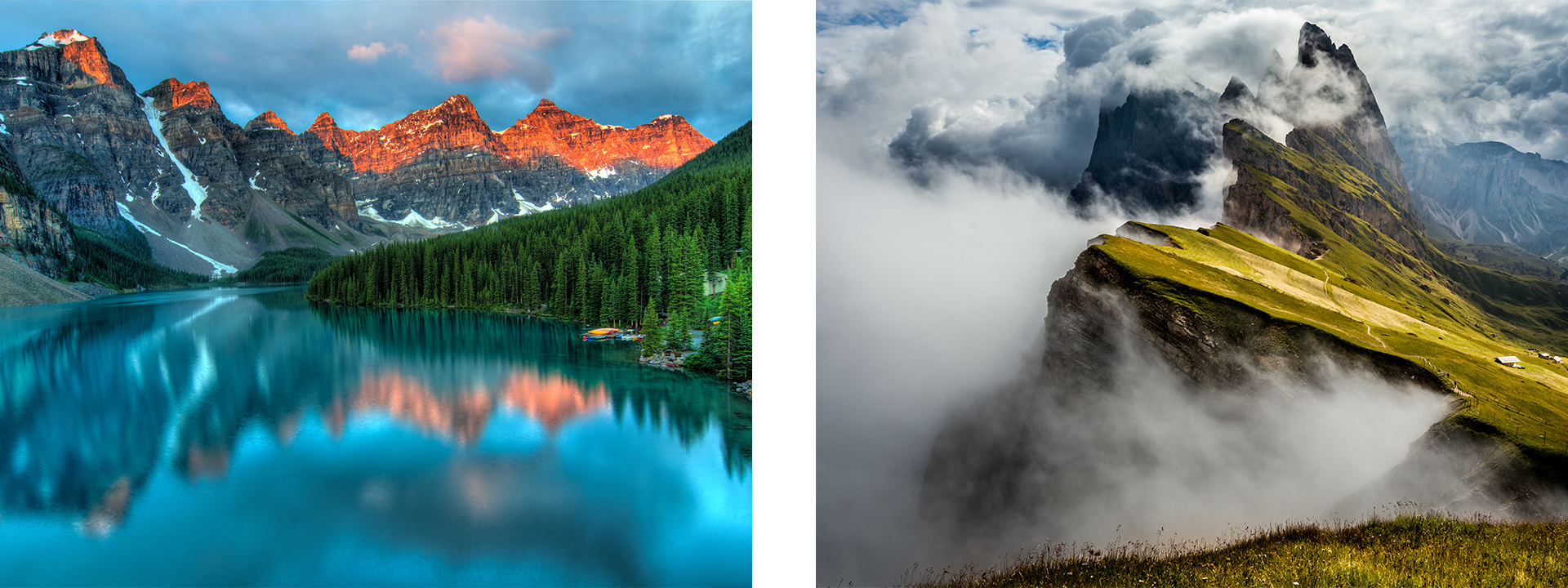
Use Aperture to Estimate Distance
Aperture is one of the most important tools in any photographer’s kit, but it also has many uses besides adjusting exposure. Aperture is useful for estimating distance when you’re shooting mountain landscapes. Because you’ll often be using long focal lengths, it can be difficult to gauge accurate distances. You’ll often want to include foreground elements in your shots, like rivers and trees. But if you zoom right in and try to get close to these elements, they’ll end up looking completely distorted.
Aperture can help you avoid distorting your foreground elements by letting you control the depth of field in your shots. By choosing a smaller aperture, you can increase the depth of field and get everything in focus. With everything in focus, you can judge distances more accurately and get everything you want in the shot.
Don't Forget about ISO
While shutter speed and aperture are important for controlling your exposure, you shouldn't forget about ISO. A lower ISO will give you cleaner images with less digital noise. And in low light, you'll often need a lower ISO. You may need a shutter speed of several seconds to capture the shot you want in low light, and a long shutter speed means you may need a low ISO. But in bright daylight, you may want to use a high ISO, so you can use a faster shutter speed.
Either way, plan your shots out in advance and figure out which ISO will work best for the shot that you're trying to capture. The last thing you want is to be messing around with your camera settings while you're up in the mountains. You'll often have a small window of opportunity to capture the shot you want before the lighting or weather conditions turn against you.
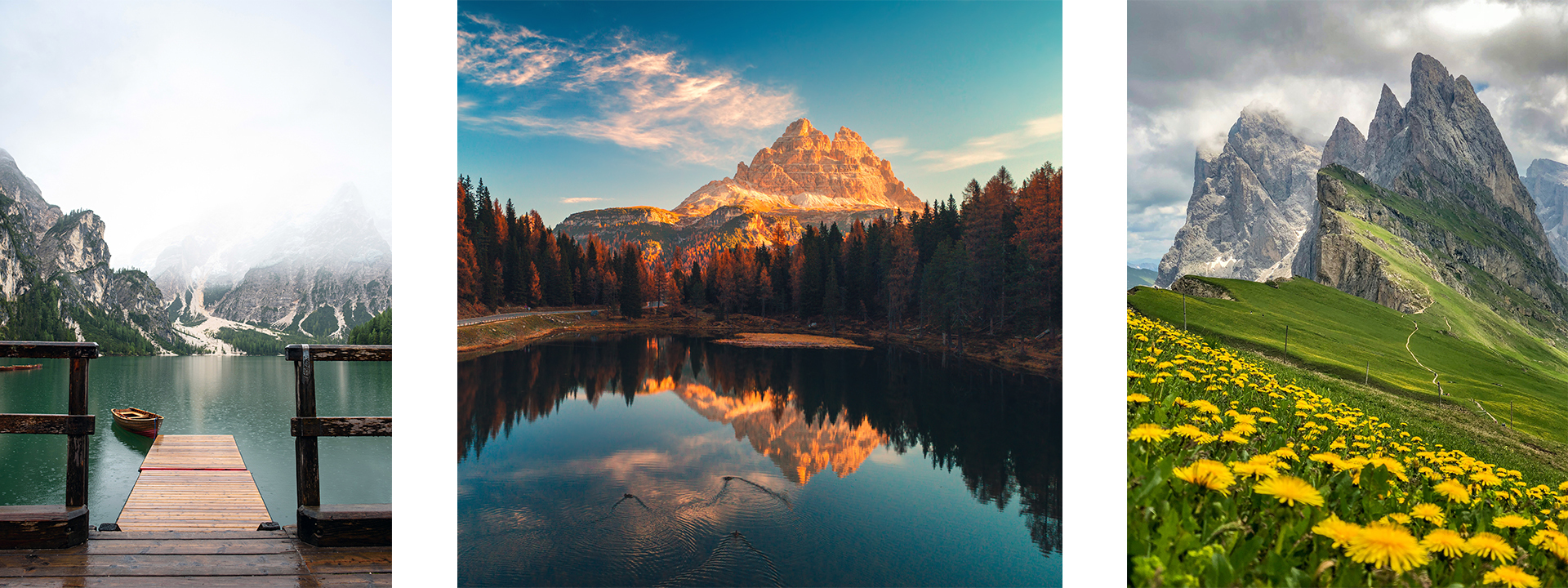
Experiment with Different Exposure Modes
Some photographers specialize in mountain landscapes and use the same shot over and over again. But it's always worth experimenting with different exposure modes to see what new effects they produce. You can experiment with different exposure modes to see how they affect your images and the different moods they create. You may prefer the look of digital or black-and-white images, or you may find that one exposure mode produces a better image than another.
You can also experiment with different shooting locations, shooting at different times of day and in different weather conditions. By trying new things every now and then, you might just stumble upon a particular camera setting or shooting technique that resonates with you and works well for mountain landscape photography. You’ll never know unless you try, so don’t be afraid to experiment and take risks.
Take Advantage of High Dynamic Range (HDR) and DNG Processing
High Dynamic Range (HDR) processing is a powerful way of making your images look more balanced, with more detail in the shadows and highlights. HDR looks best on images that contain lots of contrast, where the shadows are too dark and the highlights are too bright. HDR works best when photographing at times of day when the light is naturally balanced, with no harsh shadows or bright sunlight. If you're photographing at the right times of day, you can take advantage of HDR processing to make your images pop with extra detail.
Use DNG to Optimize Your Editing Process.
DNG is a type of file format that allows you to make adjustments to your images before you ever open them in an editing program. Many people think that DNG processing is just a new way to make your images look better. They think that you have to spend a lot of time tweaking your camera settings before you can get an image that looks good with DNG processing. This is not true!
DNG processing is just a tool you can use to make your images look better. If you take advantage of it, you will find yourself capturing photos that are much easier to edit than what you’re probably accustomed to. Many photographers try to avoid over-editing using applications such as Adobe Photoshop or Lightroom. With DNG processing, you'll be able to fine-tune your images without having to rely on expensive, unnecessary software.
Conclusion
Mountain landscape photography is one of the most enjoyable types of photography there is. You can shoot mountain landscapes in all seasons and at any time of day. However, the weather can sometimes be a challenge when photographing mountains. If there's too much cloud cover, you won't be able to shoot great landscape photography.
It's important to carefully consider the time of day and time of year that you shoot at. You should also consider the natural elements you want to highlight and the best viewpoint or angle from which to shoot. That said, by following the tips and tricks outlined above, you'll be able to capture some world-class mountain landscapes, and with any luck, you'll be a pro in no time. Good luck, and happy shooting!


